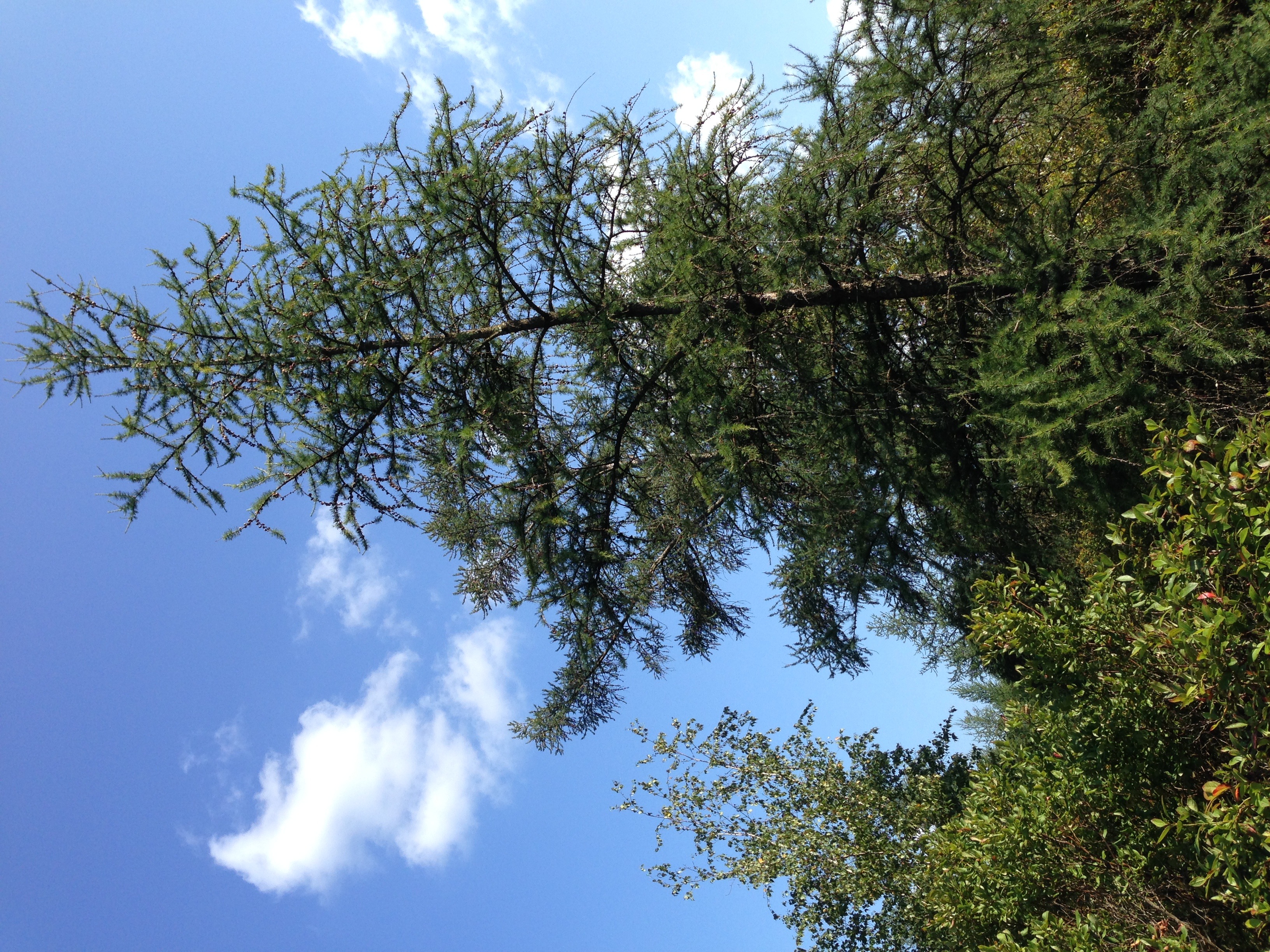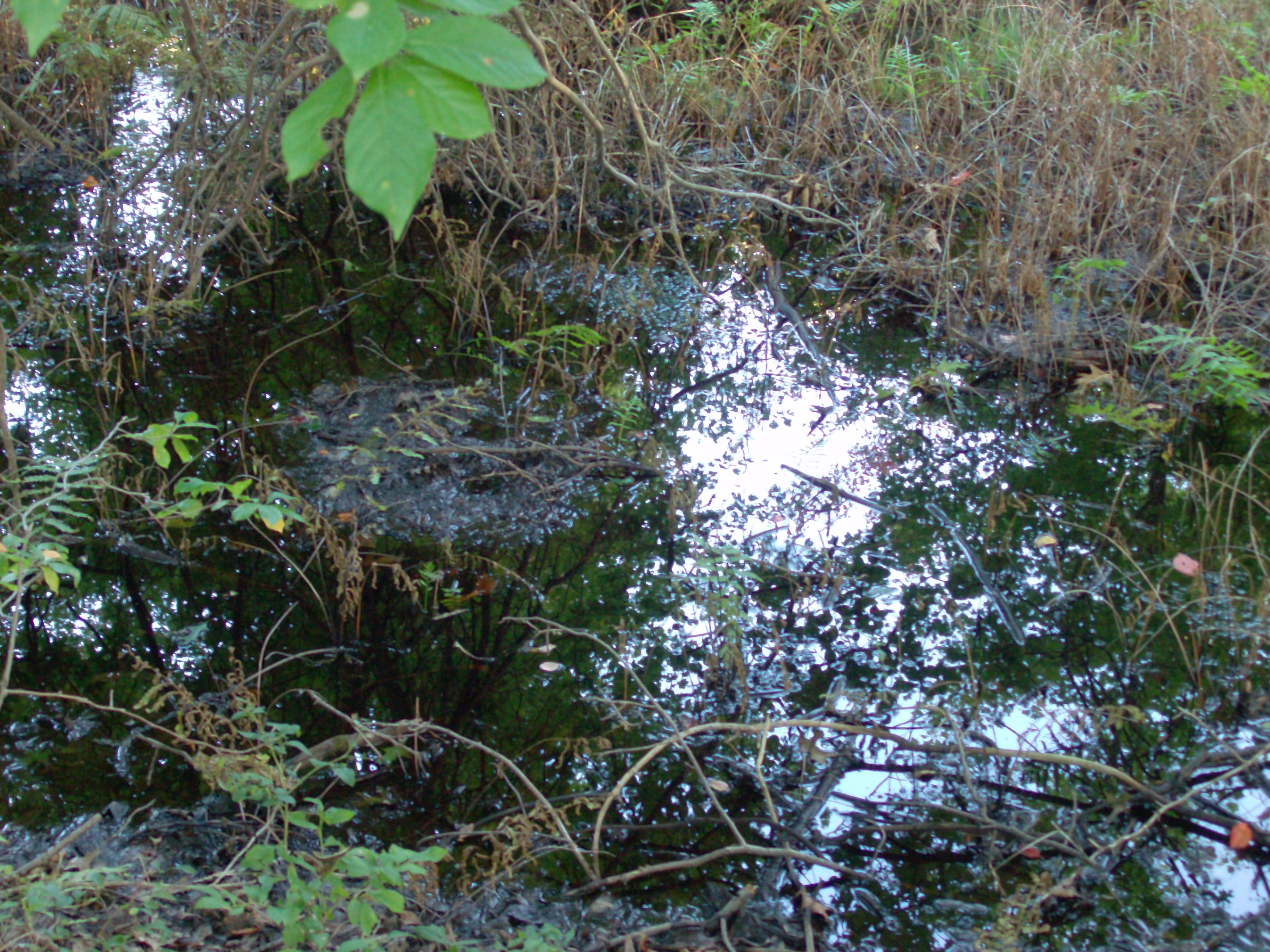Kent (Cooperrider) Bog State Nature Preserve on:
[Wikipedia]
[Google]
[Amazon]
The Cooperrider-Kent Bog State Nature Preserve is state nature preserve located mainly in
 The Kent Bog is located at 1028 Meloy Road and covers an area of . The original of the preserve, acquired by the Ohio Department of Natural Resources (ODNR) in 1985, is located in
The Kent Bog is located at 1028 Meloy Road and covers an area of . The original of the preserve, acquired by the Ohio Department of Natural Resources (ODNR) in 1985, is located in
 The bog was formed during the retreat of the Wisconsin Glacier. A chunk of
The bog was formed during the retreat of the Wisconsin Glacier. A chunk of
Kent, Ohio
Kent is a city in the U.S. state of Ohio and the largest city in Portage County. It is located along the Cuyahoga River in Northeast Ohio on the western edge of the county. The population was 28,215 at the 2020 Census. The city is counted as pa ...
. The preserve surrounds the Kent Bog, a remnant of the Wisconsin Glaciation. It is a true bog with acidic
waters and unique environmental conditions have enabled it to survive. The bog contains the largest stand of tamarack
''Larix laricina'', commonly known as the tamarack, hackmatack, eastern larch, black larch, red larch, or American larch, is a species of larch native to Canada, from eastern Yukon and Inuvik, Northwest Territories east to Newfoundland, and als ...
trees in the state of Ohio.
Location
 The Kent Bog is located at 1028 Meloy Road and covers an area of . The original of the preserve, acquired by the Ohio Department of Natural Resources (ODNR) in 1985, is located in
The Kent Bog is located at 1028 Meloy Road and covers an area of . The original of the preserve, acquired by the Ohio Department of Natural Resources (ODNR) in 1985, is located in Kent
Kent is a county in South East England and one of the home counties. It borders Greater London to the north-west, Surrey to the west and East Sussex to the south-west, and Essex to the north across the estuary of the River Thames; it faces ...
. In October 2008, ODNR acquired an additional in neighboring Brimfield Township. Adjacent to the south of the preserve is a park being developed by the Portage Park District on land it acquired in 2017. There is parking at the beginning of the half-mile boardwalk. The boardwalk trail loops around the bog, ending back at the parking lot. Along the trail there are educational signs explaining the local flora and fauna as well as the geological founding of the bog.
The preserve was dedicated in 1987 and is named after Tom S. Cooperrider, a botanist, author, and emeritus professor of biological sciences at Kent State University
Kent State University (KSU) is a public research university in Kent, Ohio. The university also includes seven regional campuses in Northeast Ohio and additional facilities in the region and internationally. Regional campuses are located in As ...
who has made numerous contributions to the study of the bog and the state's flora. His 2010 book, ''Botanical Essays from Kent'', discusses natural history of the area and focuses mainly on the Kent Bog.
Geology and geography
 The bog was formed during the retreat of the Wisconsin Glacier. A chunk of
The bog was formed during the retreat of the Wisconsin Glacier. A chunk of glacial ice
A glacier (; ) is a persistent body of dense ice that is constantly moving under its own weight. A glacier forms where the accumulation of snow exceeds its Ablation#Glaciology, ablation over many years, often Century, centuries. It acquires dis ...
broke off and was buried in sediment and glacial till
image:Geschiebemergel.JPG, Closeup of glacial till. Note that the larger grains (pebbles and gravel) in the till are completely surrounded by the matrix of finer material (silt and sand), and this characteristic, known as ''matrix support'', is d ...
from the glacial outwash
An outwash plain, also called a sandur (plural: ''sandurs''), sandr or sandar, is a plain formed of glaciofluvial deposits due to meltwater outwash at the terminus of a glacier. As it flows, the glacier grinds the underlying rock surface and ca ...
. A ridge of sediment formed around the chunk of ice. This caused the formation of a deep kettle hole lake. The total original size of the kettle-hole lake was about .
As the climate
Climate is the long-term weather pattern in an area, typically averaged over 30 years. More rigorously, it is the mean and variability of meteorological variables over a time spanning from months to millions of years. Some of the meteorologic ...
continued to warm, plant life spread over the lake. Although it is not exclusive, it is heavily dominated in sphagnum moss
''Sphagnum'' is a genus of approximately 380 accepted species of mosses, commonly known as sphagnum moss, peat moss, also bog moss and quacker moss (although that term is also sometimes used for peat). Accumulations of ''Sphagnum'' can store wa ...
. This began the process by which the lake began to fill with peat
Peat (), also known as turf (), is an accumulation of partially decayed vegetation or organic matter. It is unique to natural areas called peatlands, bogs, mires, moors, or muskegs. The peatland ecosystem covers and is the most efficien ...
becoming a bog. There are only a few areas that standing water is visible from the boardwalk.
Flora and fauna
It is a coniferous,boreal forest
Taiga (; rus, тайга́, p=tɐjˈɡa; relates to Mongolic and Turkic languages), generally referred to in North America as a boreal forest or snow forest, is a biome characterized by coniferous forests consisting mostly of pines, spruces, ...
with many spruce
A spruce is a tree of the genus ''Picea'' (), a genus of about 35 species of coniferous evergreen trees in the family Pinaceae, found in the northern temperate and boreal (taiga) regions of the Earth. ''Picea'' is the sole genus in the subfami ...
, fir
Firs (''Abies'') are a genus of 48–56 species of evergreen coniferous trees in the family (biology), family Pinaceae. They are found on mountains throughout much of North America, North and Central America, Europe, Asia, and North Africa. The ...
, and tamarack
''Larix laricina'', commonly known as the tamarack, hackmatack, eastern larch, black larch, red larch, or American larch, is a species of larch native to Canada, from eastern Yukon and Inuvik, Northwest Territories east to Newfoundland, and als ...
trees. The tamarack is a tree common to the upper parts of Canada
Canada is a country in North America. Its ten provinces and three territories extend from the Atlantic Ocean to the Pacific Ocean and northward into the Arctic Ocean, covering over , making it the world's second-largest country by tot ...
and Alaska
Alaska ( ; russian: Аляска, Alyaska; ale, Alax̂sxax̂; ; ems, Alas'kaaq; Yup'ik: ''Alaskaq''; tli, Anáaski) is a state located in the Western United States on the northwest extremity of North America. A semi-exclave of the U.S., ...
. It is able to withstand very cold temperatures. Unlike other conifers
Conifers are a group of cone-bearing seed plants, a subset of gymnosperms. Scientifically, they make up the division Pinophyta (), also known as Coniferophyta () or Coniferae. The division contains a single extant class, Pinopsida. All extan ...
, it is deciduous
In the fields of horticulture and Botany, the term ''deciduous'' () means "falling off at maturity" and "tending to fall off", in reference to trees and shrubs that seasonally shed leaves, usually in the autumn; to the shedding of petals, aft ...
losing its needles in the winter. This transforms the look of the Kent Bog during the seasons. The stand of tamaracks in the Kent Bog is the largest group in the state of Ohio.
References
External links
* {{Protected Areas of Ohio Kent, Ohio Ohio State Nature Preserves Bogs of Ohio Protected areas of Portage County, Ohio Landforms of Portage County, Ohio Protected areas established in 1985 1985 establishments in Ohio